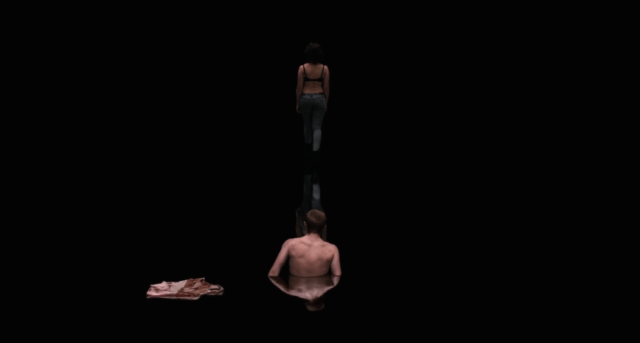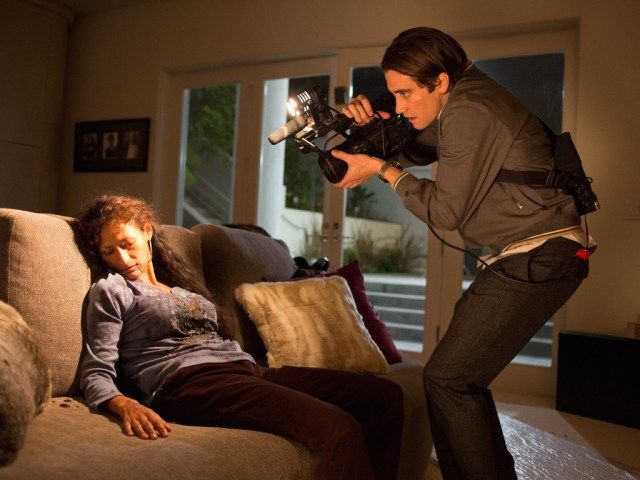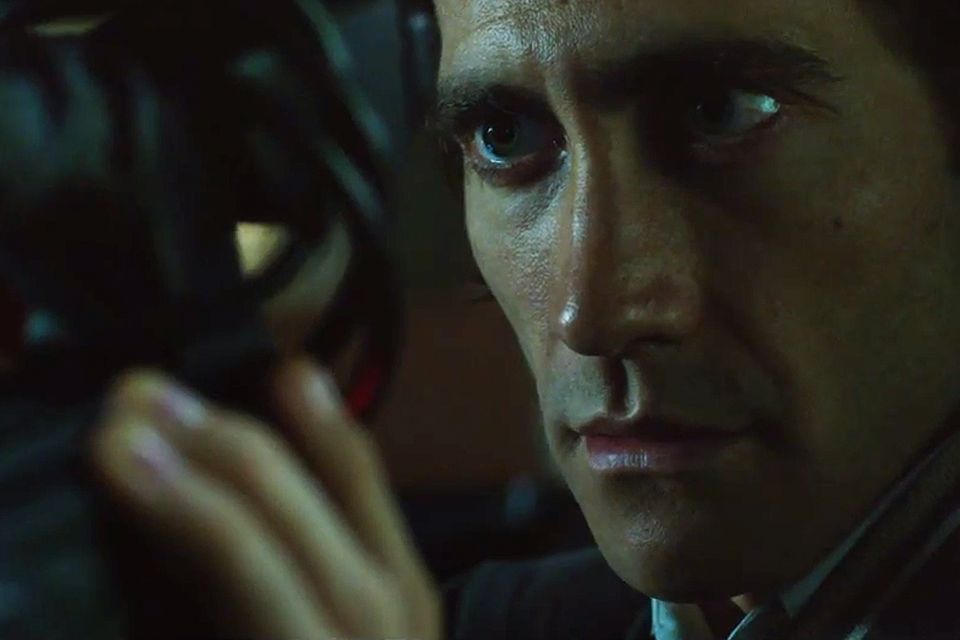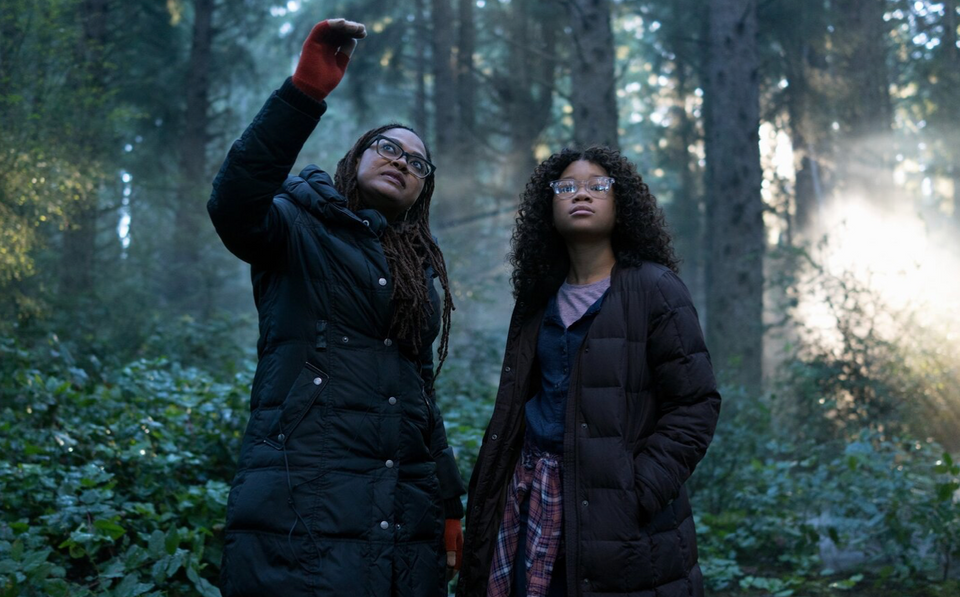Everyone is a voyeur. The ability to see, record, and upload happens at record speeds, almost at the speed of thought – we are in the contemporary era, the Internet age. Seeing and communicating happen almost simultaneously. And because we are voyeurs, we see many worlds from just beyond the screen, slightly disconnected from characters, places, and ideas, even as we engage with them for hours of our lives.
A screen divides us from being engaged and connected with whatever art or life or streaming event is happening on the other side of fiber optic cables. When films self-reflect on themselves as voyeuristic, revealing the camera, using a camera as a character, or crossing lines between documentary and fiction, they begin to call us out on our own voyeurism and beg us to ask the question: is this all okay? What is dehumanizing about our constant, disengaged gaze? What does a voyeuristic culture do to its citizens as interpreters?
Two recent films exemplify this strange drama unfolding in the visual/digital age: Under the Skin, Jonathan Glazer’s adaptation of the sci-fi drama by Michael Faber starring Scarlett Johannson as (spoiler alert) an alien who roams Scotland looking for men to consume; and Nightcrawler, starring Jake Gyllenhaal as an ambulance-chasing videographer who sells raunchy video of suburban crime and car crashes to local news stations. Both pieces, not surprisingly, belong to a reemerging era of indie art film that is slowly making its way into the mainstream theater (other examples in the 2000’s may include Pina, Tree of Life, Holy Motors, and others). This genre, at its core, was born from an effort by filmmakers to approach socially taboo questions of sex, gender, death, and power through the surreal. In the case of these two films, I’d like to look at how they center on the perspective of “alien” vision of a foreign world, and how that may be a metaphorical parallel to our voyeurism in the digital age.

Under the Skin has been called one of the best movies of 2014. While uncontestably surreal, it is a confusing, scary, and downright creepy look at the possibility of an unnamed alien life taking on human form (Johannsen), and using that female form to consume human bodies. In the film, Johannsen’s character seduces men into her car and then takes them back to her lair where a black pool engulfs them and ultimately takes their lives. In an infamous scene, one of the recently submerged men sees another who has apparently been under the aqueous black for some time. They reach out to hold on to each other, but the smooth and rubbery body suddenly pops and becomes nothing but the loose skin shell of a person, floating on the horrific deep.
The film shows this same story over and over: Johannsen in a van, cruising the streets and asking random men if they need a ride and eventually if they find her beautiful. If so, they end up back at her decrepit house, and ultimately nude, following her down into the eternal dark. This story, however, was far from scripted. The filmmaker, John Glazer, used hidden cameras in the van to capture Johannsen – decked out in strange street clothes and a black wig – talking to pedestrians, not actors, and asking them if they’d get into her car. Several of the other scenes are filmed in a similar way, with a small crew and in public places. They had to request release forms afterwards, a protocol usually used in documentary production or for content on news outlets. This unorthodox filmmaking perspective creates an authentic feeling of sexuality and fear in these moments when Johannsen is apparently picking up men who may become her character’s meal. Not only this, but several of these men (actors were often used) are shown in full frontal nudity, never quite reaching the object of their desire who lures them to their death and watches as they disappear into their death. The voyeurism involved here is very much about sex, and is related directly to the questions: will they get in the car? Will they go back to a house with a total stranger? And after you’ve learned about the film technique of hidden camera documentary: do they know that she is famous?

Another take on voyeurism is shown through Johannsen’s character. As an alien, she stands just outside of all of these interactions, using a body as a vehicle rather than actually being able to sense the fear or sexual tension produced by her pickup lines and brazenness. She sees what we see, but can’t interpret it as a human being would. Even the introductory sequence, which features a surrealist set of shapes and colors finally exploding into light and slowing fading into the clear image of an eyeball (an image that hearkens back to Luis Buñuel’s surrealist film L’Age D’Or), reminds us that Johansen’s character is watching us. She isn’t there to be watched, to have the male gaze consume her, but rather to consume it.
Then there is the L.A. thriller, Nightcrawler. Jake Gyllenhall’s character Louis Bloom is one for the books. Brilliantly scripted and cast, watching Gyllenhaal play Bloom is like taking too many stimulants and staying up all night: it is overwhelming, exhausting, energizing, frightening.
Bloom begins the film as a thief, stealing scrap metal and selling it to industrial waste yards for cheap. He steals bikes and sells them to pawn shops. He lives alone and does not seem to have any friends. In the meantime, he cruises the internet learning about everything he can, especially business, and repeats his savvy at every chance he can get, requesting jobs from everyone, even people to whom he is selling stolen wares. With his slick shades and internet obsession, he is, perhaps, a millennial. However, most normal people can see through Bloom’s scheme and opportunistic, hyperactive, faux-MBA speech. “I’m not going to hire a thief,” says the junkyard owner to Bloom’s propositions.

One night he encounters a freeway crash and sees ambulances rushing to the aid of a dying person in the car. He gets out not to help, but to watch. Suddenly a van rushes up behind him and out pop two cameramen, lights blazing, filming as closely as they can the carnage and perhaps death of the person in the car. Bloom approaches the cameraman (Bill Paxton) who tells him he is a freelance TV-News cameraman who will sell this 60-second tape to the local news station. Bloom takes one look at the thousands of dollars worth of equipment in the van and quickly inquires whether he is hiring. The cameraman says no, and being informed by a police scanner attached to his dashboard of another awful event unfolding, whizzes away from the scene.
Within weeks of this encounter, we see Bloom has become his own version of a sleazy nightcrawler, operating a small camcorder and listening to a police scanner, he begins to film awful scenes of shootings in the suburbs, sneaking onto crime scenes, and pouncing on car crashes. He finds an advocate in news producer Nina Romina (Rene Russo) at a local station. Romina is similarly desperate, struggling for ratings, and a vampire for bloody events that make people watch her show. Ultimately he begins to provide her with his work full time. He thinks of himself as a businessman and hires a sidekick to navigate (Riz Ahmed). Ultimately, the sociopathic Bloom begins to stage events that he can film, and causes mass terror in the process.
Nightcrawler exposes the dangers of voyeurism outright. There is no question that Bloom’s trashy video of awful events (which Romina feeds by saying, “The story is urban crime seeps into the suburbs,” and requesting footage of whites being vandalized, murdered, etc.) is morally and ethically disturbing. Throughout the film, characters arise to question Bloom and Romina’s motives. However, Romina is working within a system that requires she bring up ratings, and the only way for her to do that is to count on Bloom’s emotionless videos of the maimed, shot, and robbed upper class. Despite the calls of other producers at the station, Romina continues to push for the dark and disgusting to be on the news each and every moment possible. She operates on the principle that the viewing public will only watch when they are afraid, and so she keeps them afraid and is herself afraid of losing Bloom. Bloom, on the other hand, is not afraid at all. None of the moral questionability of what he is doing ever occurs to him. He is making money and does not care who lives or dies because, after all, look at his work ethic! In a sense, he represents the same kind of non-human voyeur that Johansen’s alien character does in Under the Skin. Neither Bloom nor the alien care about the lives they destroy; both take what they see without question. So, in a way, Bloom isn’t explicitly taking people’s lives. Rather, Bloom’s weapon is a camera and he is taking human life through the exploitation of the image.

Nightcrawler Writer/Director Dan Gilroy uses an interesting device to show the potential evil of the camera. Throughout each bloody scene where Bloom arrives at the beck and call of the police scanner, the viewer sees these gruesome images primarily through the LCD screen of Bloom’s camcorder. We are often watching a screen on a screen – also true of the moments when Romina is directing the newscast. She is in the editing room calling shots, which we watch on a nearby screen becoming the live news feed. In many ways, Nightcrawler is a filmic success primarily because of its ability to expose voyeurism through an act of voyeurism: a viewer seated to watch a film, a film that offers a view into the world of creating entertainment for society. Bloom is evil, but so are we. The viewing public is who makes this kind of gory television ubiquitous, keeping the Blooms of the world in business.
In both Nightcrawler and Under the Skin, we have detached and, in the case of Johannsen’s character, truly non-human sight. Both Bloom and the alien character consume the world through a lens which is neither forgiving nor able to love. The human sight which a viewer brings to these films causes us to feel unsettled to the point of terror, becoming the voyeurs ourselves and sympathizing with these anti-heroes. But, for these characters to exist, a human must have created them. Therefore, we feel that this potentially cold and ravenous gaze could exist in each of us.
To be disengaged with the image is to live without interpretation. The desensitization of these kinds of characters acts as a warning to all viewers that we’re all potentially complicit in this type of voyeurism if left unchecked. And that is the scariest part of all.




